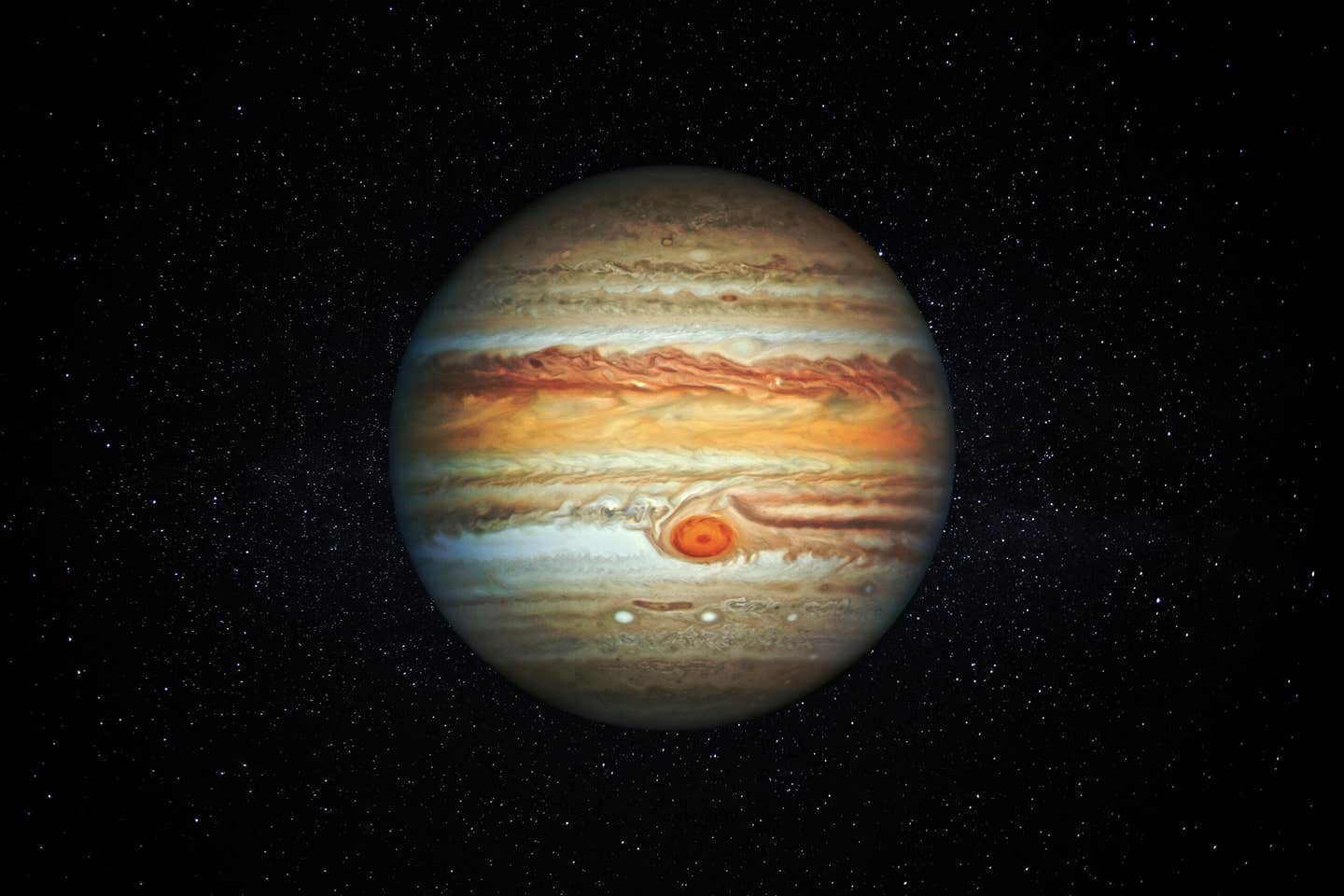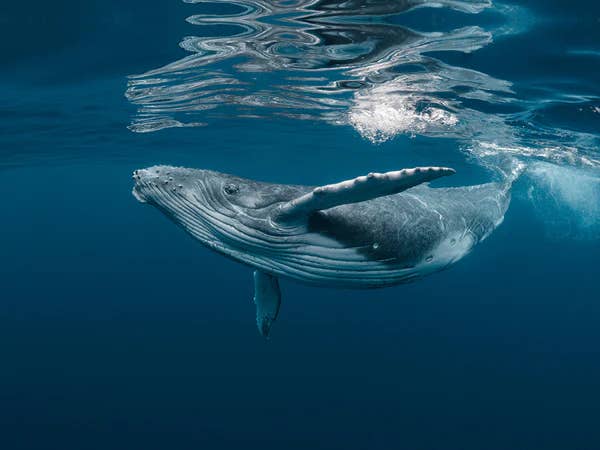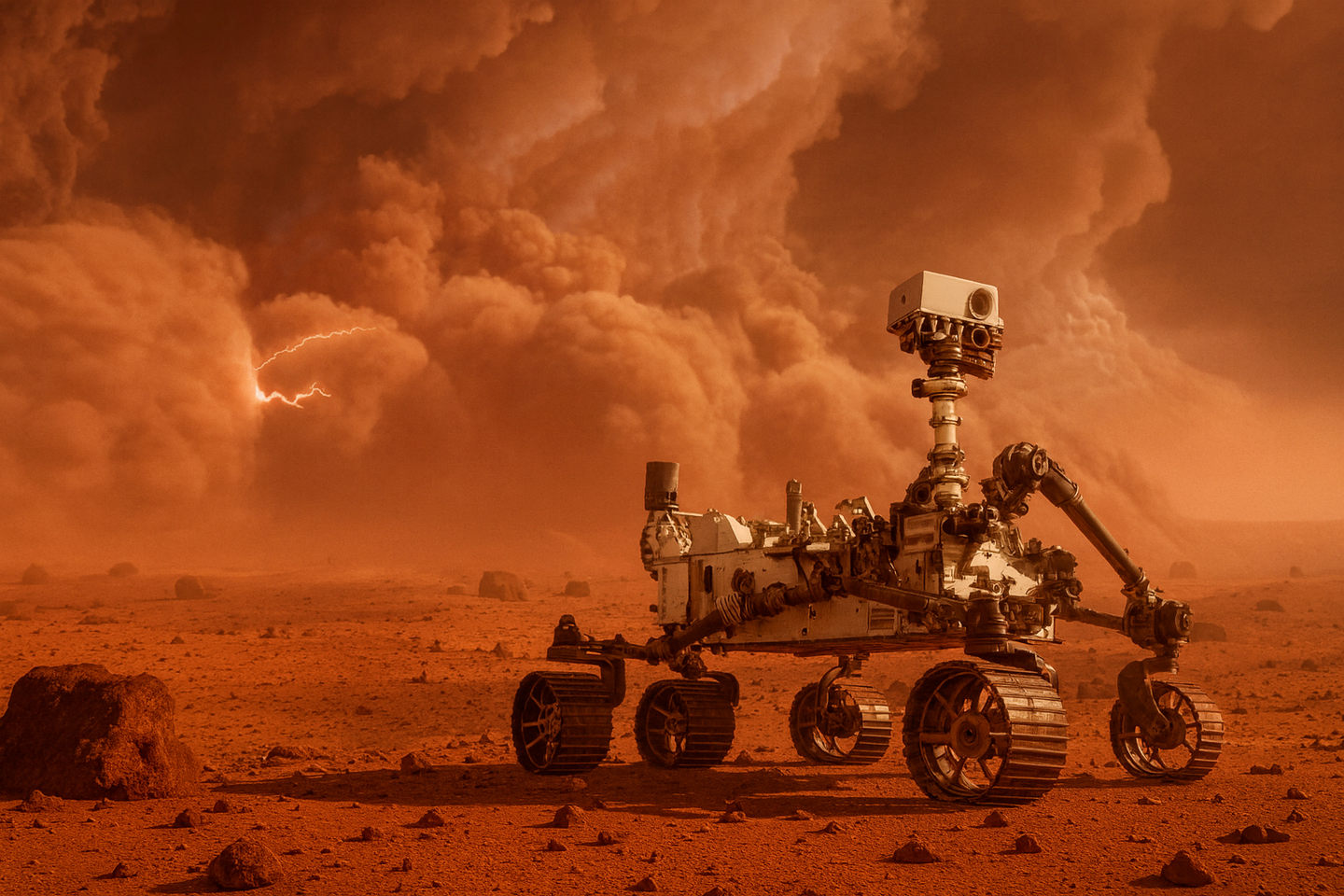How old is Jupiter? Tiny molten spheres embedded in meteorites have the answer
New research shows Jupiter’s growth sparked violent space collisions, forming molten droplets called chondrules. These ancient rocks help date the birth of planets and offer insights into how solar systems form.

Jupiter’s formation caused violent rock collisions that formed chondrules, revealing clues about how planets and solar systems are born. (CREDIT: Shutterstock)
Over four billion years ago, the solar system was a wild and dangerous place. Swirling clouds of dust and gas slowly turned into the planets we know today. One giant, Jupiter, grew quickly and changed everything around it. Its intense gravity hurled small rocky and icy bodies—called planetesimals—into one another. These high-speed impacts created something fascinating: tiny, molten rock droplets that cooled into spheres known as chondrules.
Today, you can find these ancient droplets frozen in time within meteorites that fall to Earth. They’re like time capsules from 4.6 billion years ago, carrying secrets about the early solar system. But until now, no one fully understood how they formed—or what they could reveal about the birth of planets.
A team of scientists from Nagoya University in Japan and the Italian National Institute for Astrophysics (INAF) has changed that. Their new study, published in Scientific Reports, shows how Jupiter’s formation triggered these fiery collisions. More importantly, their work shows how the timing and shape of chondrules can tell us when Jupiter was born.
Chondrules: The Solar System’s Oldest Spheres
Chondrules are small, round particles—most are about the size of a grain of sand, ranging from 0.1 to 2 millimeters. These spheres formed when dust and rock were heated until they melted, then cooled rapidly in space. Over time, they became part of larger objects like asteroids. Some of these asteroids later broke apart and fell to Earth as meteorites, giving scientists a chance to study their ancient insides.
For decades, researchers couldn’t agree on how chondrules got their shape. Theories ranged from lightning bolts in space to shockwaves from exploding stars. But none of these ideas explained all the features scientists observed in real meteorite samples.
That’s where this new research offers a breakthrough. According to Professor Sin-iti Sirono from Nagoya University, the key to solving the mystery is water.
Related Stories
- Jupiter was once double its current size, study finds
- Frozen ocean world discovered between Mars and Jupiter
“When planetesimals collided with each other, water instantly vaporized into expanding steam,” he explained. “This acted like tiny explosions and broke apart the molten silicate rock into the tiny droplets we see in meteorites today.”
This idea makes sense because water-rich bodies were common in the early solar system. These violent, steam-filled impacts didn’t need perfect conditions—they were bound to happen once massive planets like Jupiter began to form.
Simulating Jupiter’s Violent Growth
To prove their theory, the research team built advanced computer models that showed how Jupiter grew. As it sucked up gas from the surrounding space, its gravity became more powerful. The team watched what happened next: planetesimals were flung into each other at incredible speeds. Many of them were icy and full of water.
When these bodies smashed together, the heat and pressure caused the rock inside them to melt. The water vaporized on impact, creating powerful bursts of steam. That steam blew molten rock into droplets. These droplets quickly cooled and hardened into the chondrules we find in meteorites.
The scientists used real meteorite data to check their results. They compared the simulated chondrules with those found on Earth, looking at their sizes, shapes, and how fast they must have cooled. The match was surprisingly accurate.
“We compared the characteristics and abundance of simulated chondrules to meteorite data and found that the model spontaneously generated realistic chondrules,” said Dr. Diego Turrini, senior researcher at INAF and co-lead author of the study.
But the model revealed something even more important. It showed that chondrules were mostly created during the same period that Jupiter was growing rapidly. According to the research, this major event happened 1.8 million years after the solar system began.
“As meteorite data tell us that peak chondrule formation took place 1.8 million years after the solar system began, this is also the time at which Jupiter was born,” Turrini added.
A New Tool for Dating Planets
Until now, scientists had limited ways of knowing when the planets formed. Radiometric dating can give clues, but it’s hard to apply across the entire solar system. This new study offers something different: a direct link between planet formation and chondrule creation.
That means researchers can now use the age of chondrules to estimate when different planets formed.
But there’s a twist. Not all chondrules are the same age. Some are older, while others are younger. This variety suggests that Jupiter wasn’t the only planet responsible for making them. Other gas giants like Saturn may have triggered their own rounds of violent collisions as they formed.
This opens the door to an exciting idea: by studying chondrules of different ages, scientists can build a timeline for how the solar system took shape. Each burst of chondrule formation may mark the birth of another planet.
It’s like reading a cosmic diary written in rock. Each page tells a story of impact, heat, and change.
What It Means for Other Star Systems
The implications go far beyond our own solar system. Thousands of exoplanets have been discovered in recent years, many orbiting stars like our Sun. This new research suggests that violent collisions during planet formation might be common, not rare.
If massive planets like Jupiter form quickly in other star systems, they could set off similar chains of collisions. That means chondrule-like particles might be floating around elsewhere in the universe, marking the birth of alien worlds.
The study also shows how valuable meteorites are. These small rocks, often overlooked, are packed with information about space, time, and creation. They connect us to a time before Earth even existed.
As science continues to advance, new tools like computer modeling and chemical analysis help unlock their secrets. What once seemed like random pebbles from space now tell the grand story of how entire worlds came to be.
Note: The article above provided above by The Brighter Side of News.
Like these kind of feel good stories? Get The Brighter Side of News' newsletter.



